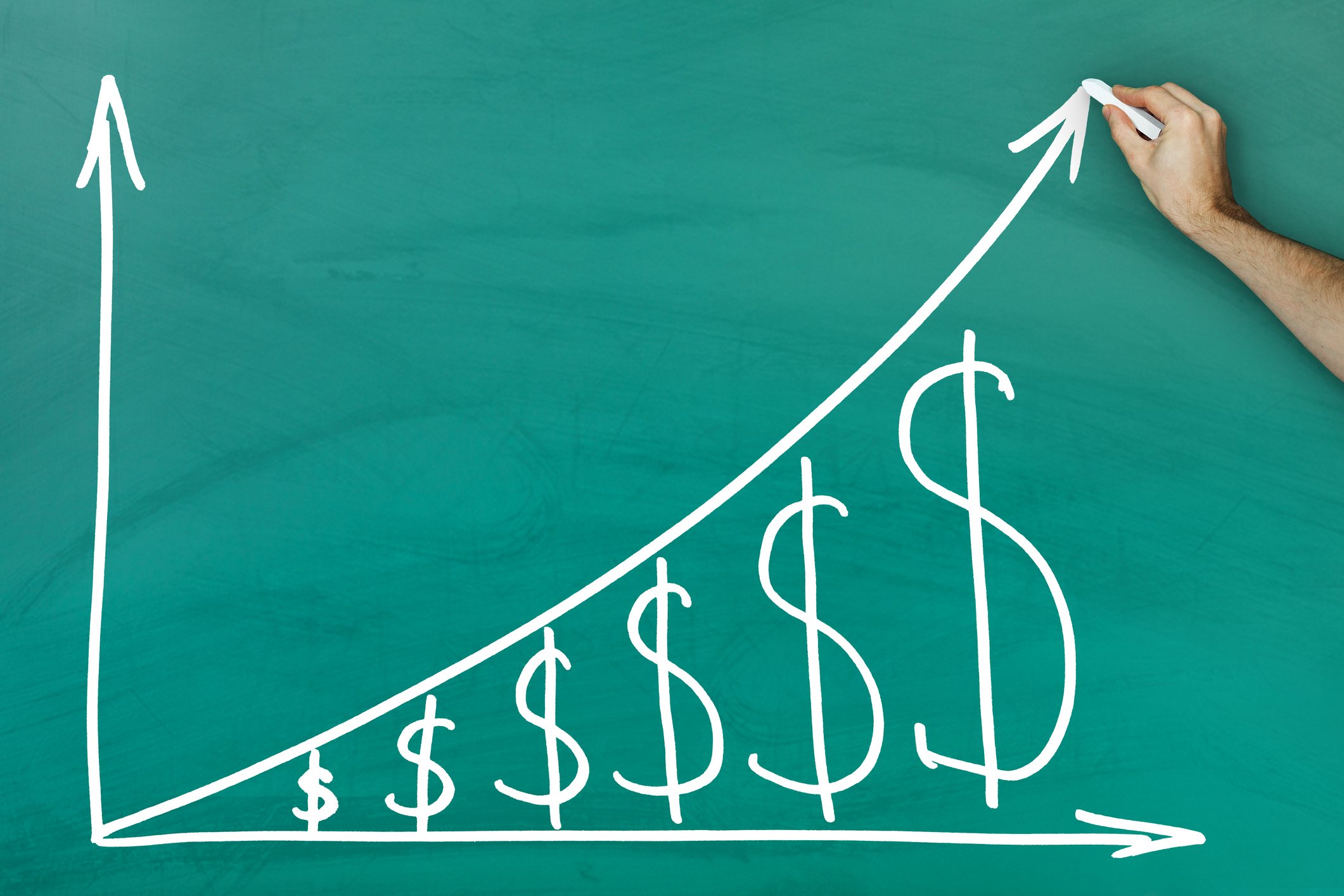Progressive's (PGR 0.71%) business has been on a tear as the auto and property insurer capitalizes on firm pricing and steady claim frequency. The company, the second-largest personal auto insurer in the U.S., continues to post strong growth while maintaining underwriting profitability well within its long-term target. But the stock has been in the doldrums. That combination of outstanding business performance and weak stock performance has put the stock on many investors' radars again.
Even so, the key question is whether the current tailwinds will fade. Auto claim severity and frequency can revert, and rate momentum across the industry can cool. Those risks are real. But when you weigh Progressive's recent results and a valuation that has drifted back toward historical norms, the stock looks like a compelling buy-and-hold candidate.

Image source: Getty Images.
Recent performance points to durable momentum
Progressive is able to grow at robust rates while maintaining underwriting discipline -- easier said that done in the insurance world.
In August, Progressive's net premiums written rose about 11% year over year to roughly $7.2 billion, while net income climbed around 30% to roughly $1.2 billion. Its combined ratio -- a key profitability gauge for insurers -- improved to about 83% from 85.5% a year ago (the lower the better), enabling robust underwriting profit and operating leverage.
Further, policies in force increased roughly 13% to nearly 38 million, with personal auto up mid- to high teens in both the direct and agency channels. These are impressive results for a period in which pricing power is normalizing after a long stretch of massive pricing expansion in autos.
July showed a similar pattern: net premiums written up about 11%, net income up more than 30%, and a combined ratio in the mid-80s -- all while growing the book. That consistency matters because it suggests Progressive's profitability is not simply riding a single month of benign weather or unusually light claims.
Further, quarterly results reinforce the picture. In the second quarter of 2025, Progressive's combined ratio ran in the mid-80s as earnings more than doubled from the prior year, and companywide policies in force rose by the mid-teens.
Managing both growth and profitability during a period of elevated repair costs and shifting driving patterns highlights the company's data advantages and rate agility.
Why the stock looks attractive today
With profitability and growth still healthy, the deciding factor about whether the stock is a buy is valuation.
The stock currently trades at a price-to-earnings ratio of 14. That may not be exceptionally cheap for an insurer. But for a franchise that's growing double-digits while running an 80s combined ratio, it looks reasonable -- especially next to far richer valuations elsewhere in the market. And don't forget: Progressive helps take some risk off the table with its dividend. The stock currently has a dividend yield of 2%.
There are, of course, some risks to watch. Auto insurance tailwinds may ease, which could compress growth as competitors catch up on rates. Further, property catastrophe losses are another wildcard; Progressive has been deliberately trimming exposure in higher-risk regions, but weather is unpredictable. Even so, recent monthly results and management's underwriting stance suggest the company has levers -- pricing, segmentation, telematics, and mix -- to defend margins if the cycle turns.
Pulling this together, the long-term case rests on a few simple ideas. Progressive keeps gaining customers, it continues to underwrite profitably, and it has a culture of rapid, data-driven rate actions that has historically turned faster than peers. These dynamics support meaningful earnings power through a full cycle. With the stock priced at a sensible earnings multiple, Progressive is a good option for investors looking for a high-quality growth compounder.






